Friday 2 January 2026
Groundbreaking as WOH G64, the Red Supergiant Star, Outside our Galaxy Imaged
Share
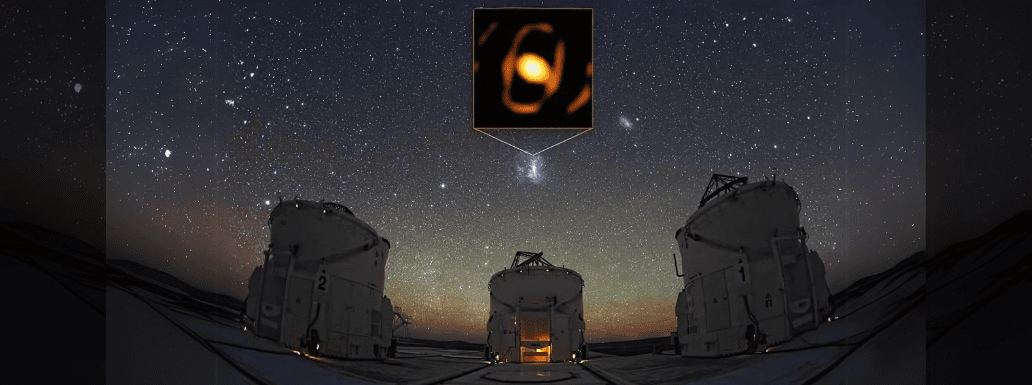
Astronomers have reached a groundbreaking milestone by capturing the first close-up image of a star beyond our Milky Way galaxy. The historic advancement features involve the red supergiant star WOH G64 in the Large Magellanic Cloud, a satellite galaxy approximately 160,000 light-years away from Earth.
The European Southern Observatorys Very Large Telescope Interferometer (VLTI) facilitated the discovery. The discovery represents a pivotal advancement in astronomy, offering new and valuable insights into the life cycles of distant stars.
WOH G64, a red supergiant star roughly 2,000 times the size of our Sun, has been the focus of the remarkable observation. Using the VLTI’s GRAVITY instrument, which combines light from four telescopes, astronomers were able to capture an extraordinarily detailed image of the star and its surrounding environment.
The image reveals an egg-shaped cocoon of gas and dust enveloping the star, likely formed as the star shedding its outer layersa process that often occurs before a supernova explosion.
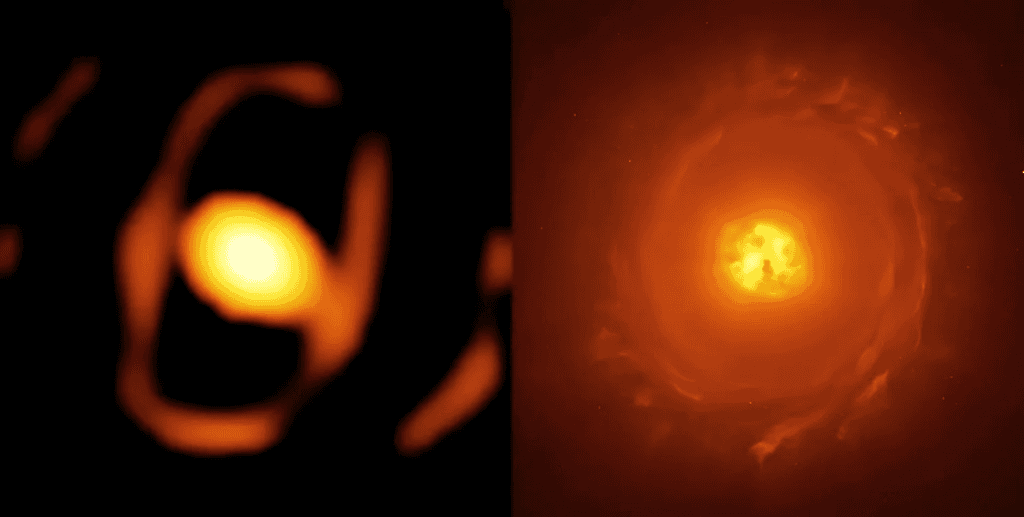
Dr. Keiichi Ohnaka, an astrophysicist at Andrs Bello National University in Chile, described the discovery as “exciting.” He noted that the egg-shaped cocoon could be linked to the star shedding material before potentially exploding as a supernova.
The detailed imagery captured offers valuable data on the physical characteristics and behavior of red supergiant stars as they approach the end of their life cycles. The level of detail is important because it allows scientists to study the structures and dynamics of stars beyond our galaxy in ways that were previously not possible.
The advanced features of modern astronomical instruments, such as the VLTI’s GRAVITY instrument, played a crucial role in achieving this groundbreaking observation. Dr. Jacco van Loon, a co-author of the research, noted that traditional telescopes cannot provide the same level of detail. The VLTI’s ability to combine light from multiple telescopes enabled astronomers to capture high-resolution images and gather detailed data about WOH G64 and its surrounding cocoon.
The implications of this discovery extend beyond the immediate scientific findings. The elongated shape of WOH G64 may be the result of its rotation or the presence of an unseen companion star, influencing its structure. This transformation suggests that WOH G64 could be nearing the end of its life and may soon explode as a supernova. While it may still take tens of thousands of years for the star to reach its supernova stage, for astronomers, this is considered a relatively short time span, given that stars live for millions or even billions of years.
Moreover, the discovery underscores the potential of advanced astronomical instruments to enhance our understanding of the universe. By capturing detailed images of distant celestial objects, scientists can gain deeper insights into the life cycles of stars, the dynamics of galaxies, and the fundamental processes governing the cosmos.
The first close-up image of a star beyond the Milky Way, specifically WOH G64 in the Large Magellanic Cloud, represents a significant achievement in the field of astronomy. The discovery not only provides valuable insights into the final stages of a red supergiant star’s life. It also highlights the capabilities of modern astronomical instruments. As astronomers continue to push the boundaries of space exploration, such advancements will undoubtedly contribute to our understanding of the universe and its myriad mysteries.
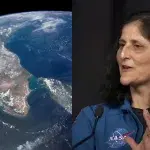



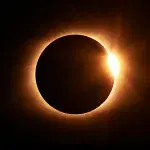
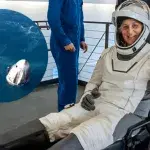
Newsletter
Stay up to date with all the latest News that affects you in politics, finance and more.